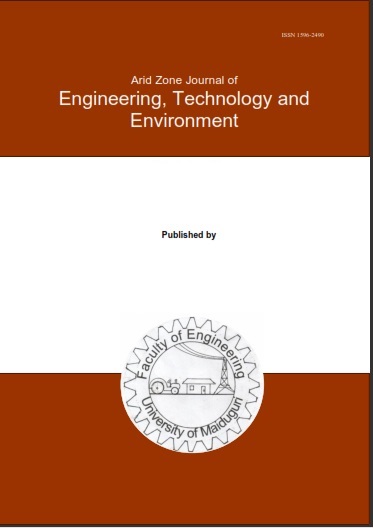Abstract
The Yobe river basin which drains into the Lake has experienced low flows which has been attributed to high evapotranspiration and infiltration rates and the growth of weeds such as Typha Australis in river channels. This research involved modeling rainfall-runoff of the Yobe River Basin in North-Eastern Nigeria using the HEC-HMS 4.8 application package for the purpose of forecasting and determination of low-flow events. Collection of Streamflow data was affected due to insurgency where water resources planning and management within the basin was impacted. Observed Climatic data (Precipitation and Evapotranspiration) were obtained from two gauging stations (Gashua and Gudumbali) for sixteen (16) years (1990-2005). Both climatic and streamflow data were subjected to Normality and Homogeneity tests and used for modeling, with the Climatic data as the Input data, while the Streamflow data were used for calibration and validation. In addition, Streamflow data for three gauging stations (Gashua, Geidam and Damasak) were also obtained from periods between 1990 to 2005 (16) years. The streamflow data were calibrated and validated with NSE (>0.63 to 0.68) in calibration for daily time steps. It was observed that the validation yielded NSE (>0.62 to 0.78). Therefore, HEC-HMS model can be used to project runoff from available climatic data in the Yobe River Basin. Furthermore, soil management of the Catchment area, channel improvement and river augmentation are some of the key strategies of buttressing the effects of high evapotranspiration and infiltration rates, as well as sustaining flow in the river up to the Lake Chad.

This work is licensed under a Creative Commons Attribution-NonCommercial-NoDerivatives 4.0 International License.
Copyright (c) 2025 ARID ZONE JOURNAL OF ENGINEERING, TECHNOLOGY AND ENVIRONMENT

